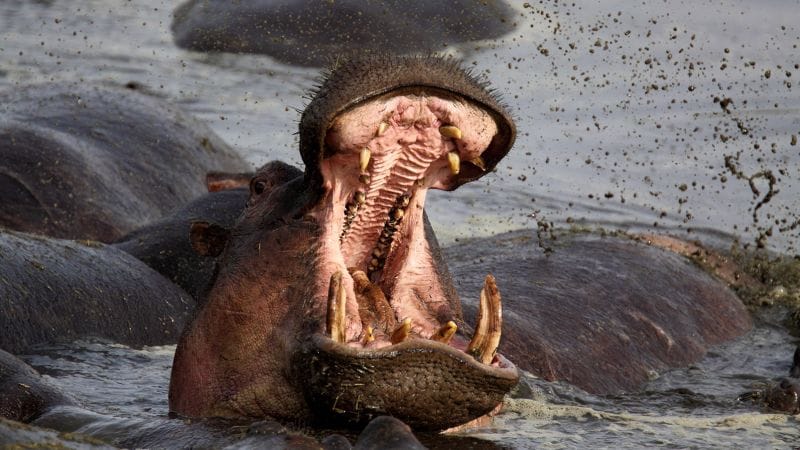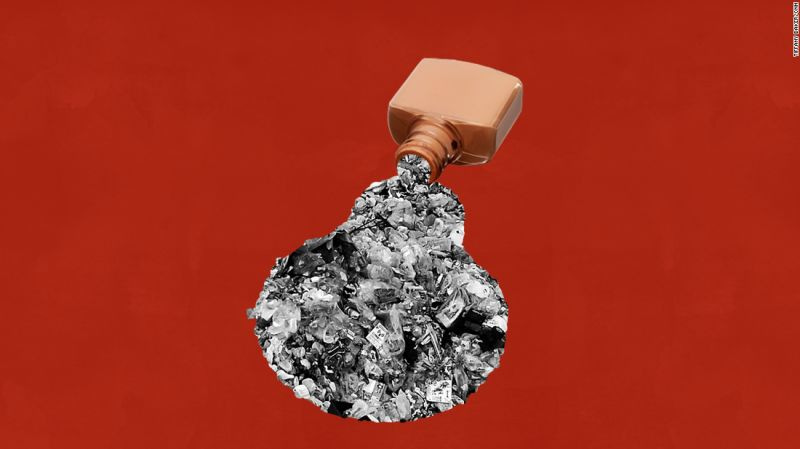Story highlights Astronauts can temporarily gain 2 inches in height but suffer muscle loss and back pain More countermeasures involving exercise may help mitigate pain and muscle loss CNN — A six-month
Sign up for Unlocking the World, CNN Travel’s weekly newsletter. Get news about destinations opening, inspiration for future adventures, plus the latest in aviation, food and drink, where to stay and other travel developments.
CNN
—
Japanese artist Yayoi Kusama’s famous yellow pumpkin sculpture was reinstalled on October 4th on Naoshima island after it was swept into the sea and badly damaged during a typhoon last summer.
Local residents, students and officials gathered to celebrate the art island’s trademark sculpture as it was placed back on the pier on Naoshima Island, which is in the Seto Inland Sea. It had been there since 1994.
“Since (the pumpkin) was a symbol of Naoshima, it is great to see the same artwork installed again at the same spot. We are happy to share the joy with residents in Naoshima,” said Yukari Stenlund, a spokeswoman from Benesse Holdings, the company that manages the sculpture and the rest of the island’s art offerings, told CNN Travel.
The sculpture, which is two meters tall, 2.5 meters wide and made of fiberglass-reinforced plastic, was swept away into the sea and broken into three pieces in August 2021.
According to Stenlund, Kusama’s production team opted to create a brand new yellow pumpkin sculpture – while staying true to the original – after evaluating the extent of the damage.

The artist’s production team started working on a new pumpkin earlier this spring and made the sculpture’s outer shell 10% thicker than the original so it could withstand strong waves and wind in the future. In addition, a hook was embedded into its stem so it could be easily dragged to safety if another typhoon hits.
“We hope to exhibit the pumpkin as a symbol of the connection between Naoshima and the world,” Stenlund added, saying that message underpinned the 1994 “Out of Bounds” exhibition, which saw the sculpture first installed on the island.

Naoshima: Japan’s ‘art island’
Naoshima is a quiet with 3,200 residents, located in the Setouchi Sea, north of Shikoku. With three modern and contemporary art museums, it is known as an “art island,” The yellow pumpkin, which contrasts with the blue sea, has long been a popular site for Instagram photos.
The main way to access the island is a 20-minute ferry ride from Okayama city, which is 50 minutes away by bullet train from Osaka.
The pumpkin’s timing couldn’t be better. Japan opens its borders to leisure tourists on October 11, and the Setouchi Art festival runs until November 2022.
Don't Miss
CNN — Paul Templer was living his best life. He was 28 and conducting tours in his native Zimbabwe, with
CNN — Coco Gauff was ruthless and totally dominant in her US Open quarterfinal against Jelena Ostapenko, dropping just two
CNN — The escalating climate crisis is shifting many people’s purchasing patterns and this extends to the $500 billion dollar
CNN
—
Lionel Messi celebrated his return to Paris Saint-Germain with a goal in his first game back since lifting the World Cup.
The 35-year-old only returned to training in the new year after taking some time off to celebrate and recuperate after Qatar 2022, where he finally won the trophy that had always eluded him in one of the greatest finals ever.
But the forward didn’t look to be suffering any hangover as he returned to action with a goal from close range in PSG’s 2-0 win against Angers on Wednesday.
Messi also paid tribute to Pelé before the match, joining his teammates in wearing a t-shirt with the Brazilian’s face on it during the warmup.
PSG sits comfortably top of the league despite Christophe Galtier having to switch up his team as he eases players back in after the World Cup.
Kylian Mbappé, a beaten finalist in Qatar, was rested for Wednesday’s match, allowing the likes of youngster Hugo Ekitiké to get some game time.
The 20-year-old forward has impressed when given the chance this season and opened the scoring with a sweeping finish in the first half.

Messi, who dovetailed the attack alongside Neymar Jr., then doubled the lead in the 72nd minute after a well timed run and right foot finish.
The linesman had initially flagged for offside, but the Virtual Assistant Referee (VAR) overruled the call and the goal was given.
The win on Messi’s return is some welcome good news for PSG, who lost in the league for the first time this season last week, 3-1 away to Lens.
“Yes, it was very important to get back to winning ways. We have rivals who are pushing hard,” Galtier told PSGTV after the game.
“We knew that we were going to have a difficult match because Angers is a team that plays good football and poses big problems on a tactical level.
“I also insist on the fact that the situation – post-World Cup – means that we have had a lot of players absent, that the group was very scattered and that, little by little, everyone is coming back and reconnecting.”
PSG, which is six points clear atop the table, plays Rennes in its next game on Sunday.
Don't Miss
Game On: ‘Matrix’ villain in ‘MultiVersus’ Agent Smith joins the ranks of ‘MultiVersus,’ ‘Final Fantasy XIV’ gets an upgrade, and
Sign up for Unlocking the World, CNN Travel’s weekly newsletter. Get news about destinations opening, inspiration for future adventures, plus
Presidential candidate Xóchitl Gálvez waves to supporters during an election campaign rally in Tarimbaro, Michoacan state, Mexico, on April 21.
Verizon is bringing back unlimited data
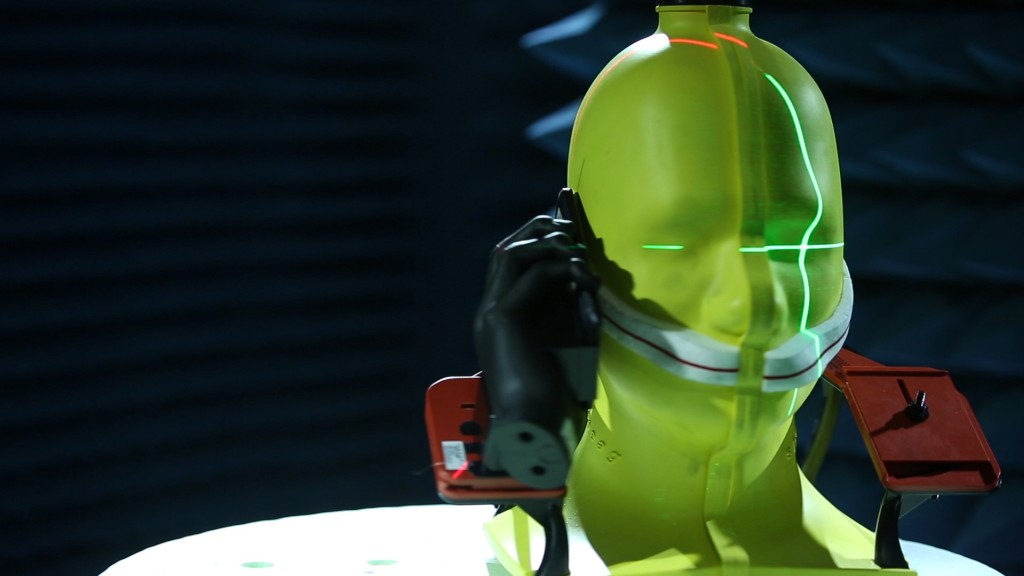
Verizon (VZ) is bringing back an unlimited data plan.
Starting Monday, Verizon customers can get unlimited data, talk and text for $80.
The company says the new introductory plan also includes up to 10 GB of mobile hotspot usage, as well as calling and texting to Mexico and Canada. It will also allow customers to stream unlimited HD video, thumbing its nose at T-Mobile’s controversial practice of lowering video quality for some of its unlimited data customers.
Although the new Verizon plan promises “fast LTE speeds,” those using a lot of data may suffer. The company said that after a customer uses 22 gb of data on a line during any billing cycle, it “may prioritize usage behind other customers in the event of network congestion.” That has become standard practice on all networks that offer unlimited data plans.
Related: T-Mobile and Sprint offer new ‘unlimited’ data plans — sort of
Verizon first eliminated its version of an unlimited usage plan in 2011, following similar decisions by other major wireless carriers.
But companies have been steadily reviving such plans.
Verizon first overhauled its data-usage plans last summer when it introduced a new “Safety Mode” plan. That technically gave customers access to unlimited data, but they were subjected to slow-as-molasses speeds after they went over their allotted data.
AT&T similarly eliminated overage fees for customers in September. Like Verizon, AT&T throttles customers speeds once they reach the data limit on their plans. The company brought back unlimited plans earlier last year, but it is only available for homes with both AT&T’s wireless phone service and either DirecTV or U-Verse TV.
Meanwhile, competitors T-Mobile (TMUS) and Sprint (S) made their own bids to attract customers looking for “unlimited data” plans.
Nearly all NYC subways get cell service
Last August, Sprint began offering a plan to give customers unlimited talk, text and high-speed data for $60 for the first line, $40 for the next, and $30 for each additional up to 10.
The T-Mobile plan, announced the same day as Sprint’s, charged $70 a month for the first line, the second at $50 and additional lines are only $20, up to eight lines.
CNNMoney (New York) First published February 12, 2017: 7:03 PM ET
Don't Miss
Sign up for Unlocking the World, CNN Travel’s weekly newsletter. Get news about destinations opening, inspiration for future adventures, plus
CNN — Lionel Messi celebrated his return to Paris Saint-Germain with a goal in his first game back since lifting
Story highlights Astronauts can temporarily gain 2 inches in height but suffer muscle loss and back pain More countermeasures involving
Story highlights
Astronauts can temporarily gain 2 inches in height but suffer muscle loss and back pain
More countermeasures involving exercise may help mitigate pain and muscle loss
CNN
—
A six-month stay on the International Space Station can be a pain in the back for astronauts. While they may gain up to 2 inches in height temporarily, that effect is accompanied by a weakening of the muscles supporting the spine, according to a new study.
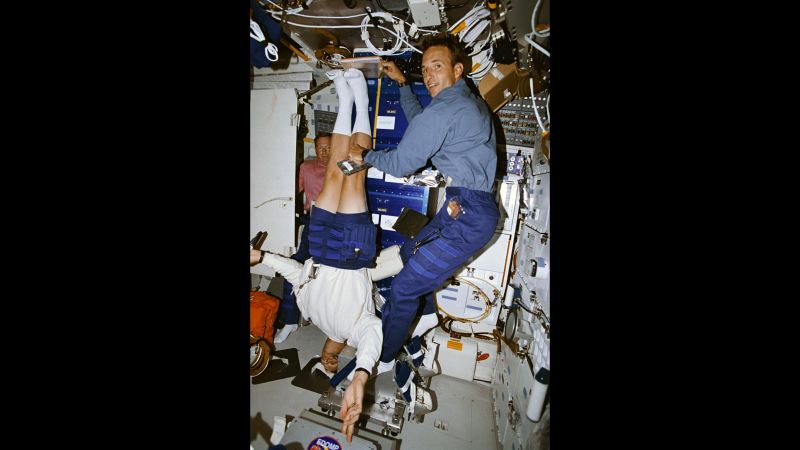
Astronauts have been reporting back pain since the late 1980s, when space missions grew longer. Their flight medical data show that more than half of US astronauts have reported back pain, especially in their lower backs. Up to 28% indicated that it was moderate to severe pain, sometimes lasting the duration of their mission.
Things don’t improve when they return to Earth’s gravity. In the first year after their mission, astronauts have a 4.3 times higher risk of a herniated disc.
“It’s sort of an ongoing problem that has been a significant one with cause for concern,” said Dr. Douglas Chang, first author of the new study and associate professor of orthopedic surgery and chief of physical medicine and rehabilitation service at University of California San Diego Health. “So this study is the first to take it from just an epidemiological description and look at the possible mechanisms for what is going on with the astronauts’ backs.”
Much attention has been focused on intervertebral discs, the spongy shock absorbers that sit between our vertebrae, as the culprit for the back issues that astronauts face. But the new study runs counter to that thinking. In this research, funded by NASA, Chang’s team observed little to no changes in the discs, their height or swelling.
What they did observe in six astronauts who spent four to seven months on the ISS was a tremendous degeneration and atrophying of the supporting musculature in the lumbar (lower) spine, Chang said. These muscles are the ones that help us stay upright, walk and move our upper extremities in an environment like Earth, while protecting discs and ligaments from strain or injury.
In microgravity, the torso lengthens, most likely due to spinal unloading, in which the spinal curvature flattens. Astronauts also aren’t using the muscle tone in their lower backs because they aren’t bending over or using their lower backs to move, like on Earth, Chang said. This is where the pain and stiffening occurs, much like if the astronauts were in a body cast for six months.
MRI scans before and after the missions revealed that the astronauts experienced a 19% decrease in these muscles during their flight. “Even after six weeks of training and reconditioning here one Earth, they are only getting about 68% of their losses restored,” Chang explained.
Chang and his team consider this a serious issue for long-term manned missions, especially when considering a trip to Mars that could take eight or nine months just to reach the Red Planet. That trip, and the astronauts’ potential time spent in Martian gravity – 38% of the surface gravity on Earth – creates the potential for muscle atrophy and deconditioning.
The team’s future research will also look at reported neck issues, where there can be even more occurrences of muscle atrophy and a slower recovery period. They are also hoping to partner with another university on inflight ultrasounds of the spine, to look at what happens to astronauts while they are on the space station.
Because nobody likes back pain and muscle loss, Chang suggested countermeasures that should be added to the already two- to three-hour workout astronauts have on the space station each day. Though their exercise machines focus on a range of issues including cardiovascular and skeletal health, the team believes that space travelers also need to include a core-strenghtening program focused on the spine.
In addition to the “fetal tuck” position astronauts use in microgravity to stretch their lower back or alleviate back pain, Chang suggested yoga. But he knows that is easier said than done.
“A lot of yoga depends on the effects of gravity, like downward dog, where a stretch through the hamstring, calf muscles, back of the neck and shoulders are possible because of gravity. When you remove that, you may not have the same benefit.”
Any machines on the space station also have to be designed with regards to weight, size and even the reverberations they could produce on the station.
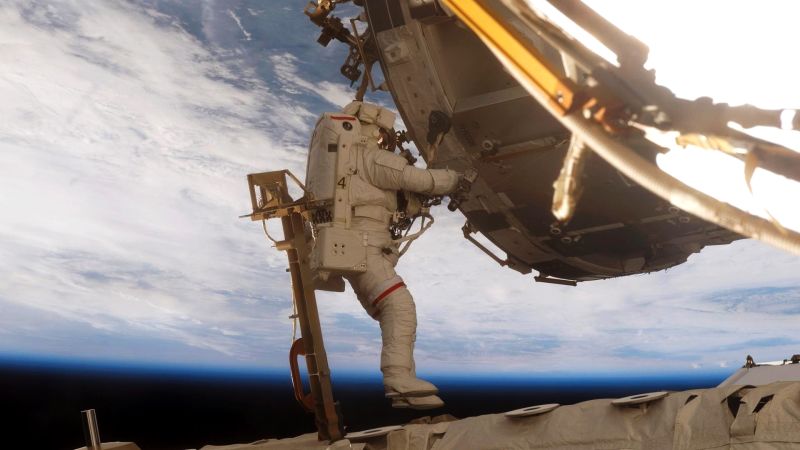
Chang and the other researchers brainstormed with a virtual reality team about different exercise programs that would enable astronauts to invite friends, family or even Twitter followers to join them in a virtual workout, making the daily repetition of their workouts more fun and competitive.
One of Chang’s teammates has felt this pain personally. Dr. Scott Parazynski is the only astronaut to summit Mount Everest. He experienced a herniated disc after returning from the ISS to Earth. Less than a year later, when he attempted to climb Everest the first time, he had to be airlifted off. After a rehabilitation process, he eventually made the summit. Now, he speaks to current astronauts about the ways they can contribute to studies about their health in microgravity.
Join the conversation
Keeping the astronauts healthy and fit is the least they can do, Chang said.
“When a crew comes back, they say on one side of the space station, they see this beautiful blue planet,” he said. “Everything they hold dear to them is on this fragile little planet. And they look out the other window and just see infinity stretching off into the blackness, and they come back with a different sense of themselves and their place in the universe.
“All of them are committed to furthering space knowledge and making incremental steps forward in any way they can for the next crew.”
Don't Miss
Sign up for Unlocking the World, CNN Travel’s weekly newsletter. Get news about destinations opening, inspiration for future adventures, plus
Josh O’Connor on ‘Challengers’ exploring the beauty and pain of modern relationships “Challengers” could also be called “co-dependancy, the movie,”
CNN — Lionel Messi celebrated his return to Paris Saint-Germain with a goal in his first game back since lifting




